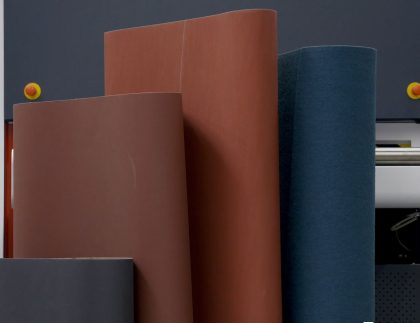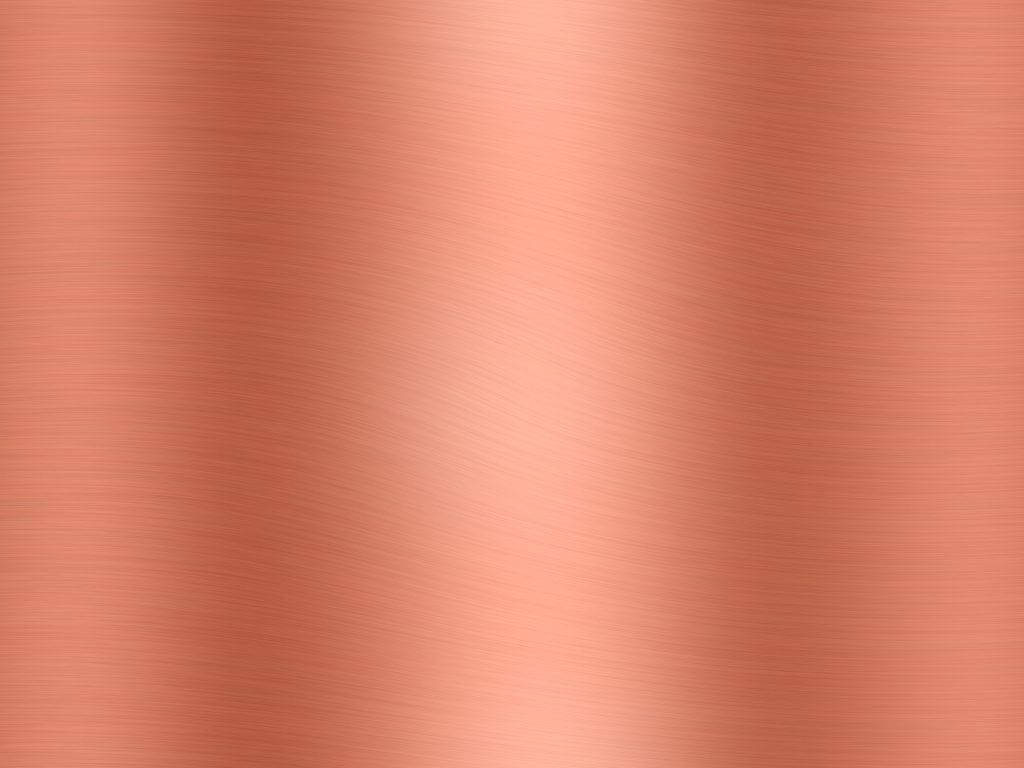Copper is a popular metal used in a wide range of applications due to its excellent electrical conductivity, malleability, and corrosion resistance. You can find it in printed circuit board, electrical wires and architectural elements. However, a copper surface is in need of a finish to optimise the appearance and performance.
A machine tool for finishing copper
A grinding machine is the best solution for finishing copper. The speed of grinding can easily be adjusted, just like the transport speed. As for tooling, there is a wide variety of grits and minerals available. All these factors have influence on the end result of the copper parts or sheets. They make it possible to achieve the required finish. Moreover, the results are consistent, because the machine applies the same pressure on all parts that go through the machine. The result is no longer dependent on the worker’s skill. Have a look at the Timesavers grinding machines.
Tooling for copper finishing
There are multiple tooling options if it comes to creating a finish. Grinding belts are a popular tool for creating a copper surface finish, as they are quick and efficient in removing imperfections. There is a variety of grinding belts available for finishing copper, ranging from fine-grit belts that produce a shiny, smooth surface to coarse-grit belts that produce a rough, matte finish.
To achieve a shiny surface finish with grinding belts, it’s important to use a fine-grit belt with a high level of abrasiveness. The belt should be run at a moderate speed, and the copper surface should be held firmly against the belt with consistent pressure. As the belt grinds away the surface imperfections, it also smooths out the copper surface, creating a shiny finish.
On the other hand, if a dull and rough surface is desired, a coarse-grit grinding belt should be used. In some cases the belt should be run at a slower speed to prevent excessive material removal, and the copper surface should be held gently against the belt with less pressure. This will allow the belt to remove the surface imperfections while leaving behind a rough and textured surface.
Timesavers Grinding Belts
Timesavers Grinding Belts
Timesavers partnered with 3M to provide grinding belts with a consistent, reliable performance on various metals. Have a look at the different belts for deburring and finishing.

Level of difficulty
Finishing copper, compared to finishing sheet metal of different materials, such as steel, stainless steel and aluminium, is relatively easy. While there may be some challenges associated with finishing copper sheets, such as avoiding scratches or other surface imperfections, the material is generally considered to be quite forgiving and easy to work with. Thin sheets and thick copper plates can both be deburred. Just be careful it does not absorb too much heat. When thin copper sheets get heated, the edges will slightly bend. In case of thick copper plates, it will be the whole plate that bends.
Types of surface finishes
When it comes to finishing copper, there are various techniques available to create either a matte or shiny finish. This depends on the desired outcome. For a matte finish, abrasive methods like grinding or brushing can be employed to achieve a textured and non-reflective surface. This finish is often used for industrial or rustic applications. On the other hand, for shiny copper finishes, polishing techniques can be utilized to create a smooth and reflective surface.
